Best cell phone for seniors 2025
The Pixel 7a's values makes it the perfect fit for most people
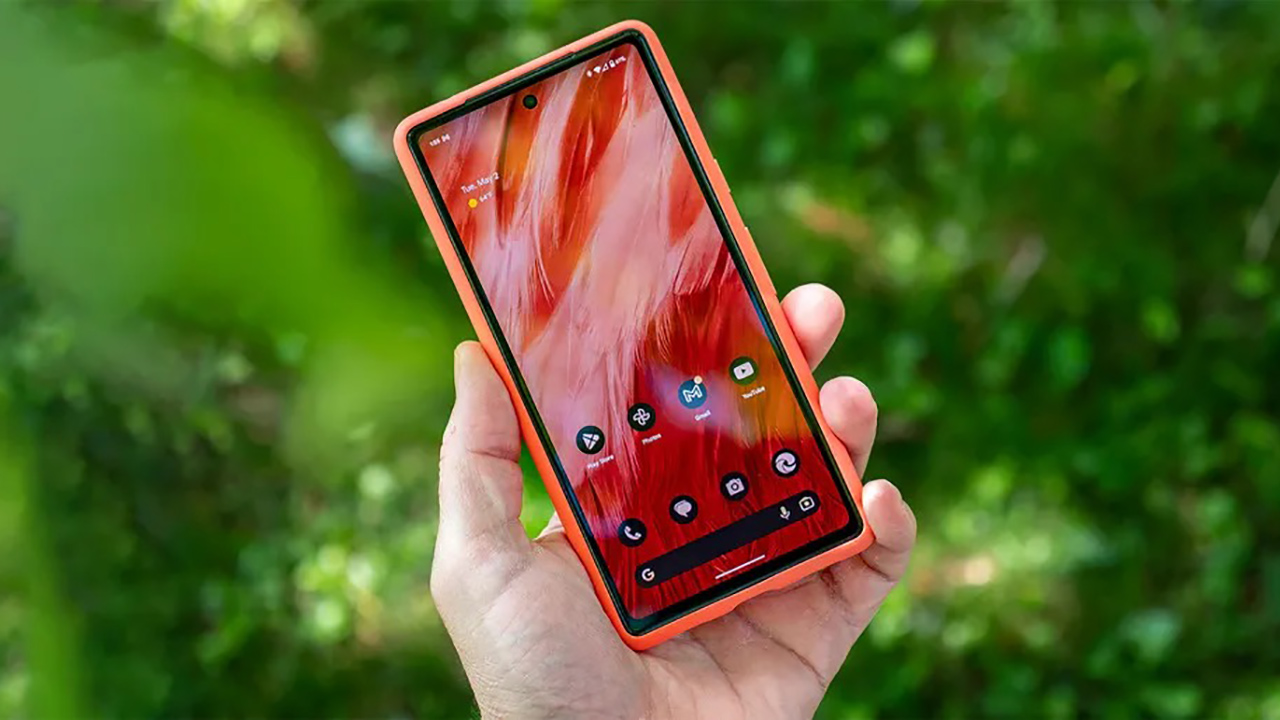
1. At a glance
2. Best overall
3. Best value
4. Best iPhone
5. Best with a stylus
6. Best software support
7. Best simple interface
Many senior citizens have used smartphones for a decade and the best phones for seniors are the same phones that the younger demographics like. But if you're new to smartphones — or you're the relative of a Baby Boomer or Silent Generation person who needs help picking something accessible — we're here to help. Likewise, some of you may have impairments or disabilities that make a standard phone difficult to use; others may be on a limited retirement budget and may not have the money for anything fancy. Whatever your circumstances, here are the best phones for seniors to fit any scenario.
We've tested the most of the phones on this list to understand how well they perform and the capabilities of the hardware. At Android Central, our testing and review methods include making sure each phone lives up to the marketing claims of the company, offers good value for the money, can deliver a quality photo every time, and lasts long enough to make it through the day on a single charge.
At a glance
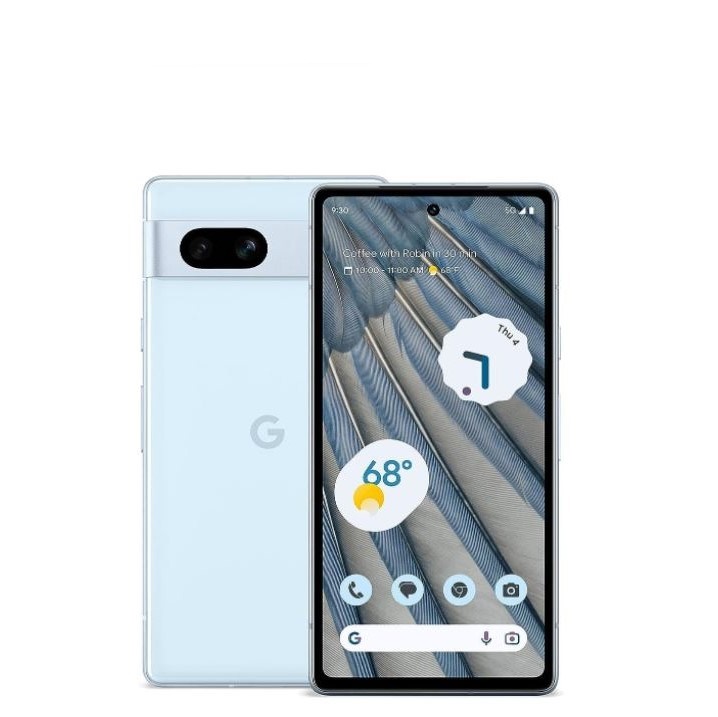
Best overall
The Google Pixel 7a is one of the best mid-range phones we’ve ever tested with smooth performance, secure software thanks to frequent updates, and cameras that are so good they’ll make you feel like a photographer.
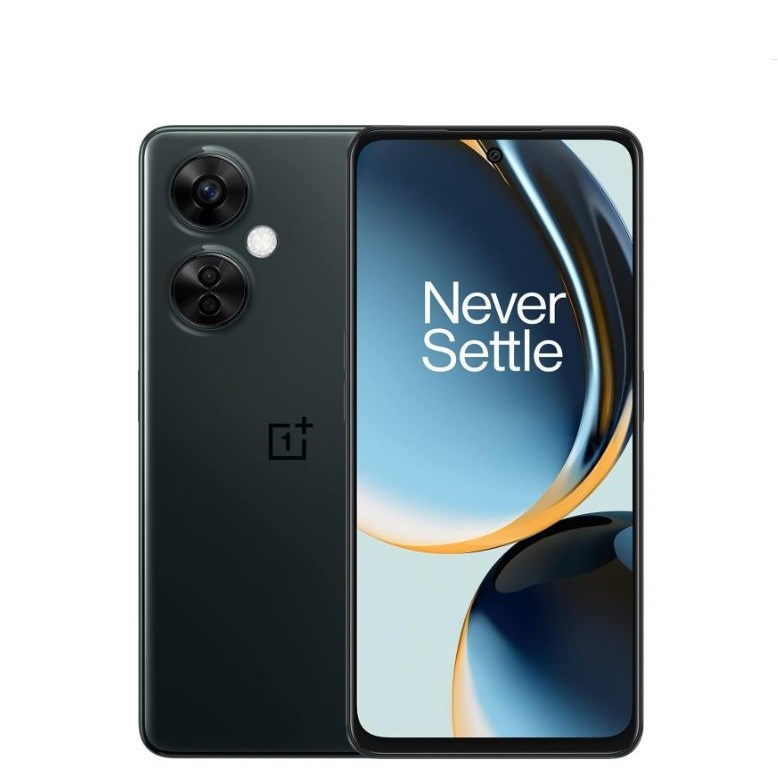
Best value
One of out favorite cheap phones, the OnePlus Nord N30 is an endurance champ with a large 5,000mAh battery and ultra-fast 50W charging. It even has a large 6.72-inch display that’s easy to see and use.
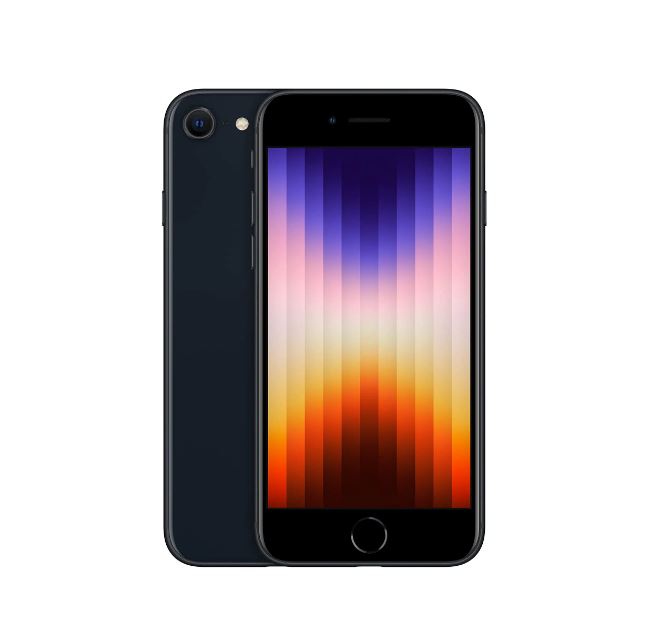
Best iPhone
The 2022 iPhone SE offers the familiar design of older iPhones with plenty of power for modern apps thanks to the A15 Bionic processor. It’s small size makes it easy to carry and its frequent software updates keeps it secure.
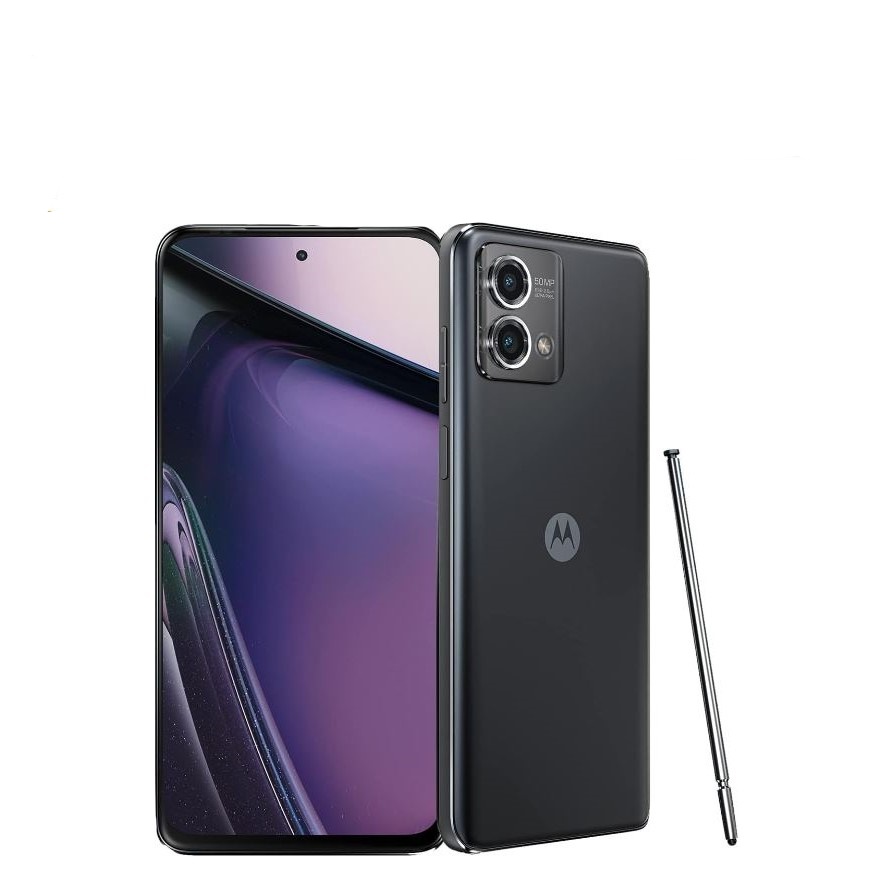
Best with a stylus
As the name implies, the Moto G Stylus comes with a stylus in the box for precision input on it’s large 6.6-inch display. This phone also have a large battery and fast charging for excellent endurance at home or on a trip.
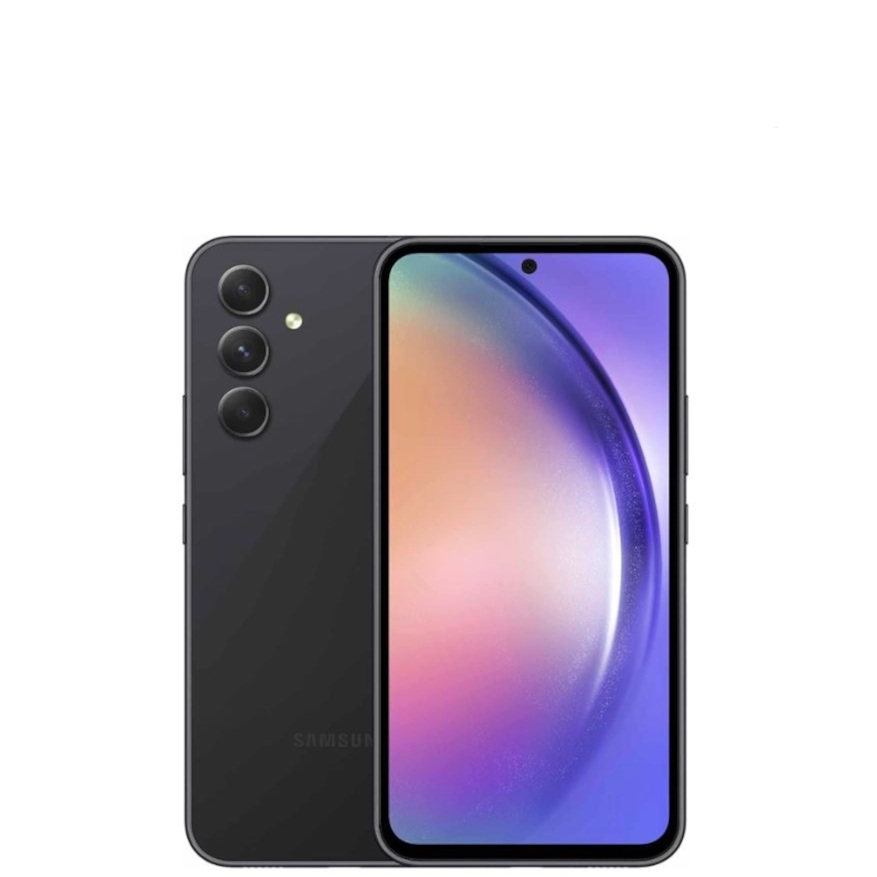
Best software support
If you’re looking for a mid-range phone that checks as many flagship boxes as possible, the Galaxy A54 5G is a great pick. This phone has an excellent display, fast performance, cameras that punch well over their weight.
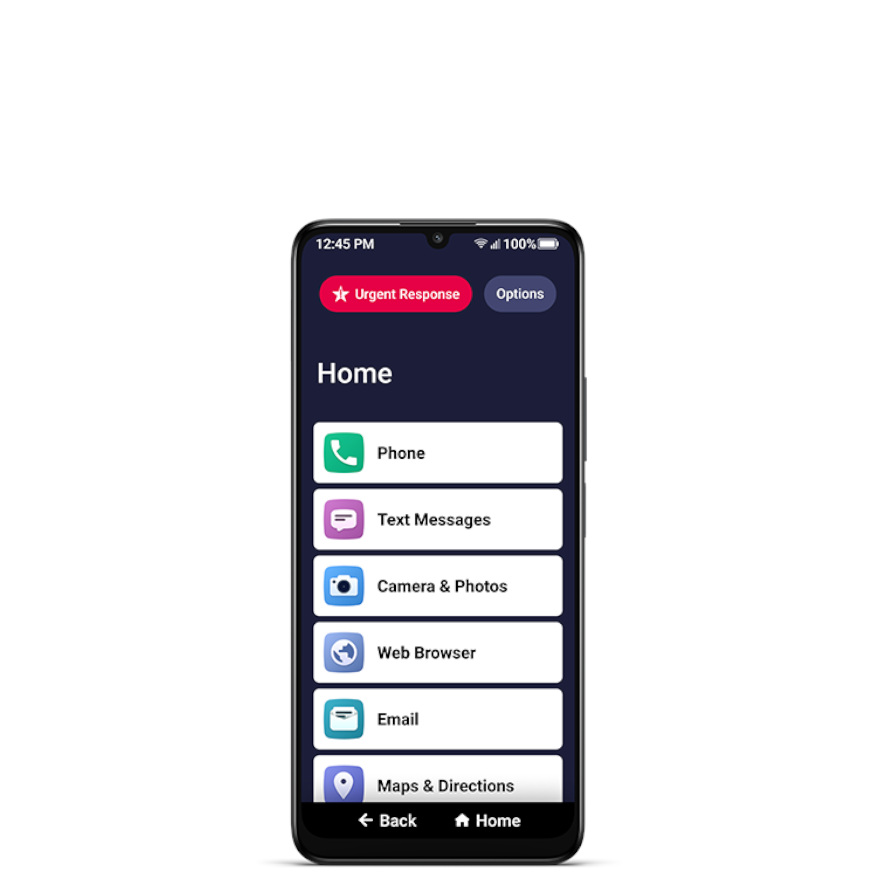
Best simple interface
The Jitterbug Smart4 makes using a smartphone as easy as possible with large text, a simple interface, and a dedicated button at the top of the screen to call for help. You can even install other apps from the Play Store.
Best overall
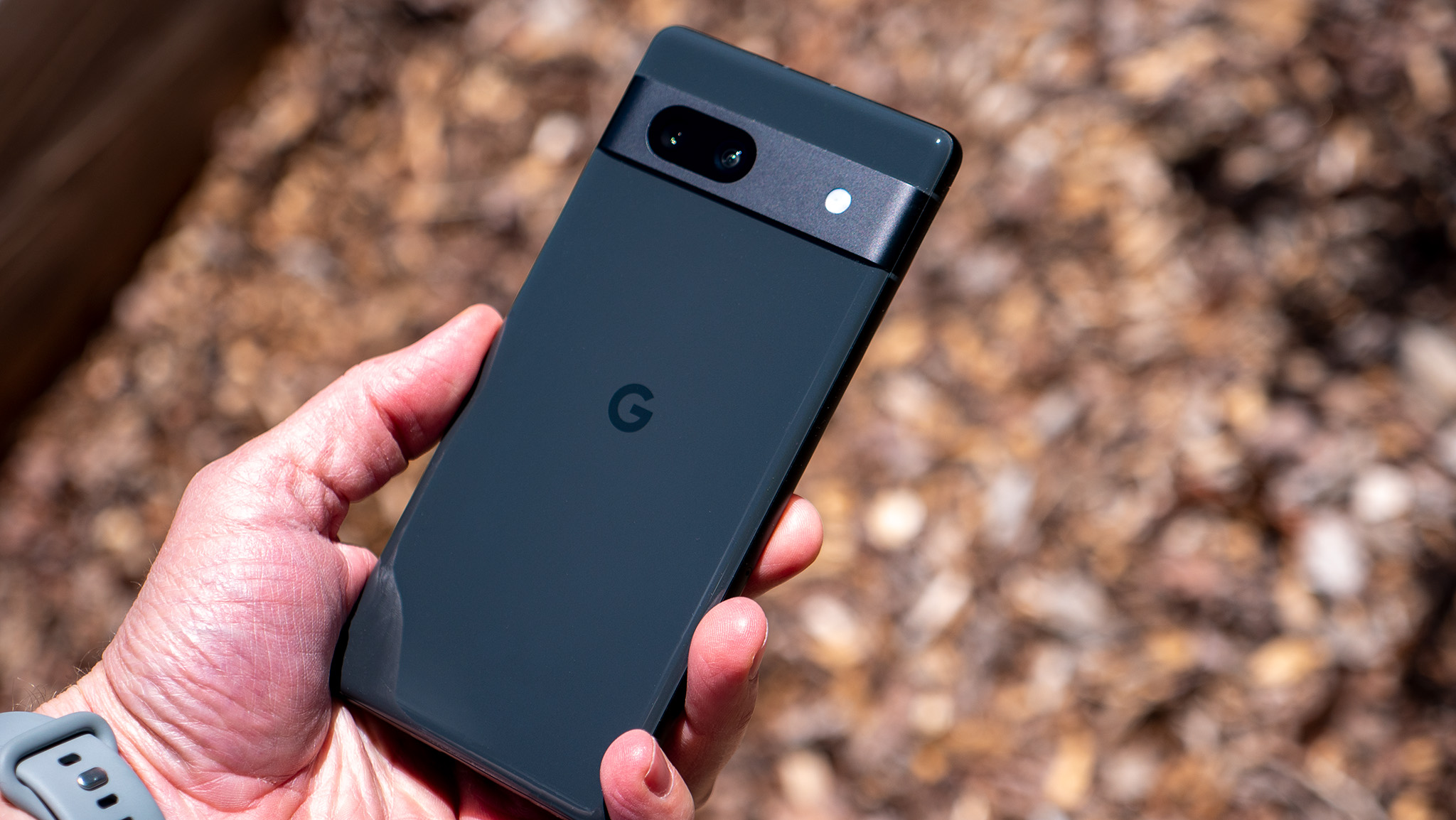
Specifications
Reasons to buy
Reasons to avoid
When you hold the Pixel 7a in your hand for the first time, you’ll notice its reassuring heft at 193 grams and quality materials. The front is made of a tough Gorilla Glass 3 with an aluminum frame and plastic black. Under that glass is a large 6.1-inch display with vibrant colors thanks to an OLED panel running at 90Hz. It’s powered by the capable Tensor G2 processor which has plenty of power to keep the phone responsive for years to come, even as new software updates come out.
Speaking of software, one of Google’s greatest strengths with this phone is the frequent updates that keep the phone’s software secure and up-to-date. Google has promised five years of updates starting at its May 2023 release and the phone has already received a major update to Android 14. It also supports 5G on all major carriers in the U.S., so you can use it with most of the best cell phone plans out there. Don’t forget too, that many carriers offer discounts for seniors.
One of the Pixel’s best features is its camera system. The Pixel 7a has two primary rear cameras with a large 64MP sensor doing most of the heavy lifting with a 13MP ultrawide camera as backup. The 13MP front-facing camera has plenty of resolution for clear video calls and vibrant selfies. If you’re looking to capture memories with your friends or grandchildren, the Pixel 7a’s system makes it easy to get a beautiful shot thanks to Google’s simple and robust camera app. Just point and shoot.
This phone is also IP67 rated for dust and water resistance, so if you drop it in a muddy puddle or it slips into the dishwater, don't fret. Just rinse it off with fresh water and wait a few hours for it to fully dry before plugging it in.
Best value
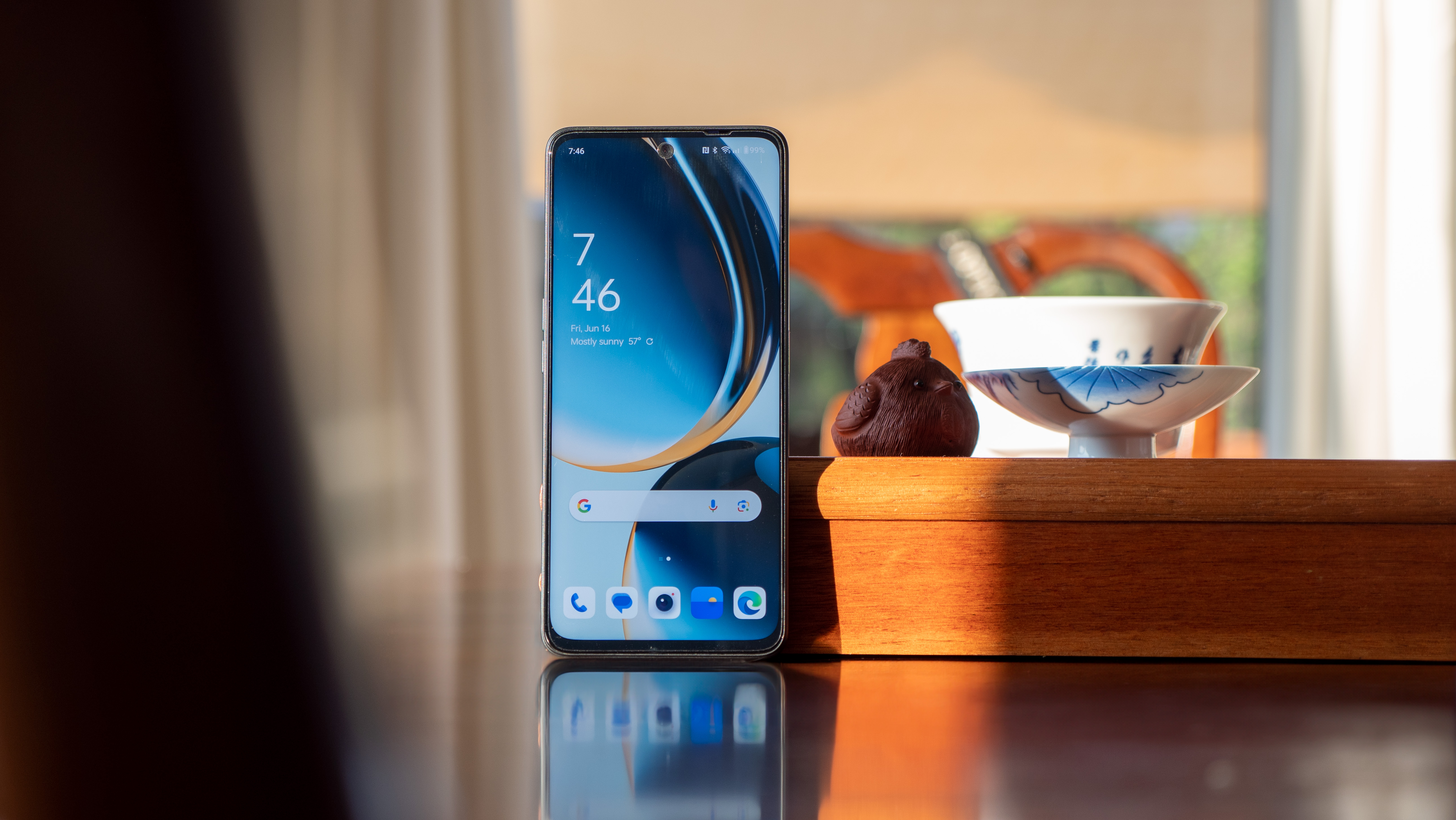
Specifications
Reasons to buy
Reasons to avoid
You could easily spend over $1000 on a phone, and the teenager working in the phone store would be more than happy to sell it to you, but you don’t really need it. The OnePlus Nord N30 is powered by the capable Snapdragon 695 processor which has enough power for most apps outside of demanding 3D games. It has a large 5,000mAh battery that will easily last the full day and maybe even a second day between charges.
Speaking of charging, this phone’s best trick has to be the ultra-fast 50W charging. That’s double the charging speed of the bleeding-edge Samsung Galaxy S24 flagship phone. That being said, wireless charging is absent, so you’ll need to use the included USB-C charger or another USB-C charger to refill your tank. Next to that USB-C charger, you’ll find a standard 3.5mm headphone jack so you can use headphones without needing to fuss with Bluetooth settings or charging wireless earbuds.
When it comes to software, this phone launched with Android 13 and is due to get one major OS update. While that’s not a terribly long time for feature updates, it is also slated to get three years of security updates. The phone supports sub-6 5G which means it will work with just about any carrier.
Best iPhone
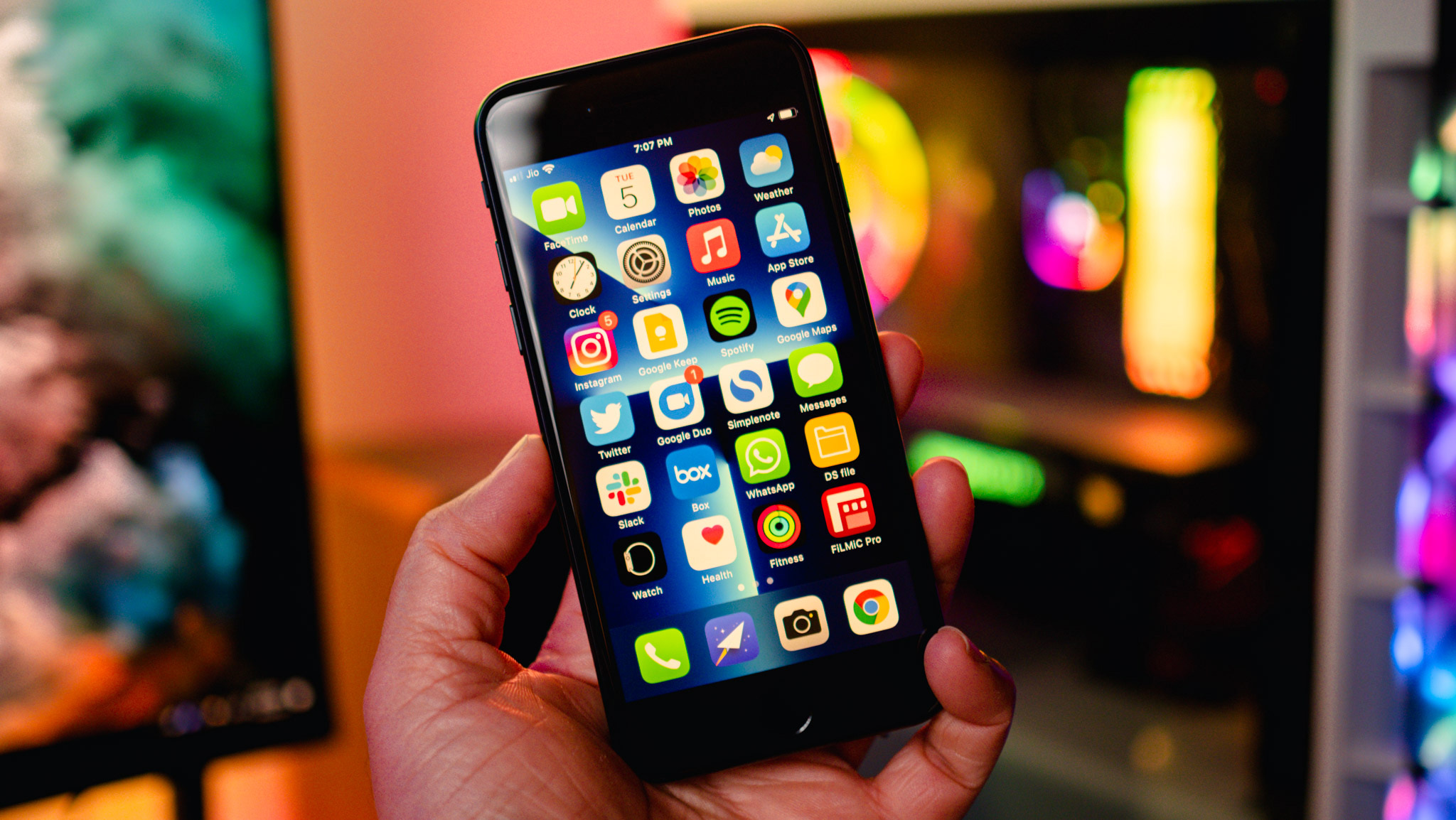
Specifications
Reasons to buy
Reasons to avoid
While we love Android phones, there’s no doubt that the iPhone SE is a fantastic platform for seniors. This phone was refreshed in 2022 with a powered A15 Bionic processor and 5G connectivity while keeping the classic design with a physical home button. While Apple has gone all-in with FaceID in its newer phones, many still prefer the simplicity of TouchID built into the home button on the SE. That makes this phone an excellent solution for those longing for the simpler design of older iPhones with support for newer technologies, and great performance.
Apple is known for supporting its phones with up-to-date software for years, and this iPhone is no different with five years of updates promised. With a 2022 release date, there’s still plenty of life left on this platform. If you’re new to smartphones, iOS is pretty simple to learn with a basic grid of icons and plenty of other people that know how to use it. Furthermore, if you have a lot of family members with iPhone, making a video call is super simple with FaceTime. We know that Android users can technically use FaceTime, but it’s nowhere near as simple and useful as it is on Apple hardware.
While the processor is quite capable, the rest of the iPhone SE’s hardware is a letdown. It’s a small phone, but massive bezels above and below the display mean you end up with just 4.7 inches of viewable space. There’s a good chance you’ll be reaching for your reading glasses when you use this phone. The battery is also small at 2018mAh which will likely last through the whole day, but you’ll need to remember to charge up before bed. At least you get IP67 dust and water resistance so you don’t need to worry if it gets wet or dirty.
The camera performance is solid for the hardware, but the reality is that the hardware just isn’t up to modern standards. The single 12MP rear cameras holds its own in daylight shots, but struggles in low-light situations. The front 7MP camera is similarly unimpressive, but fine for selfies and video calls in a well-lit room.
Best with a stylus
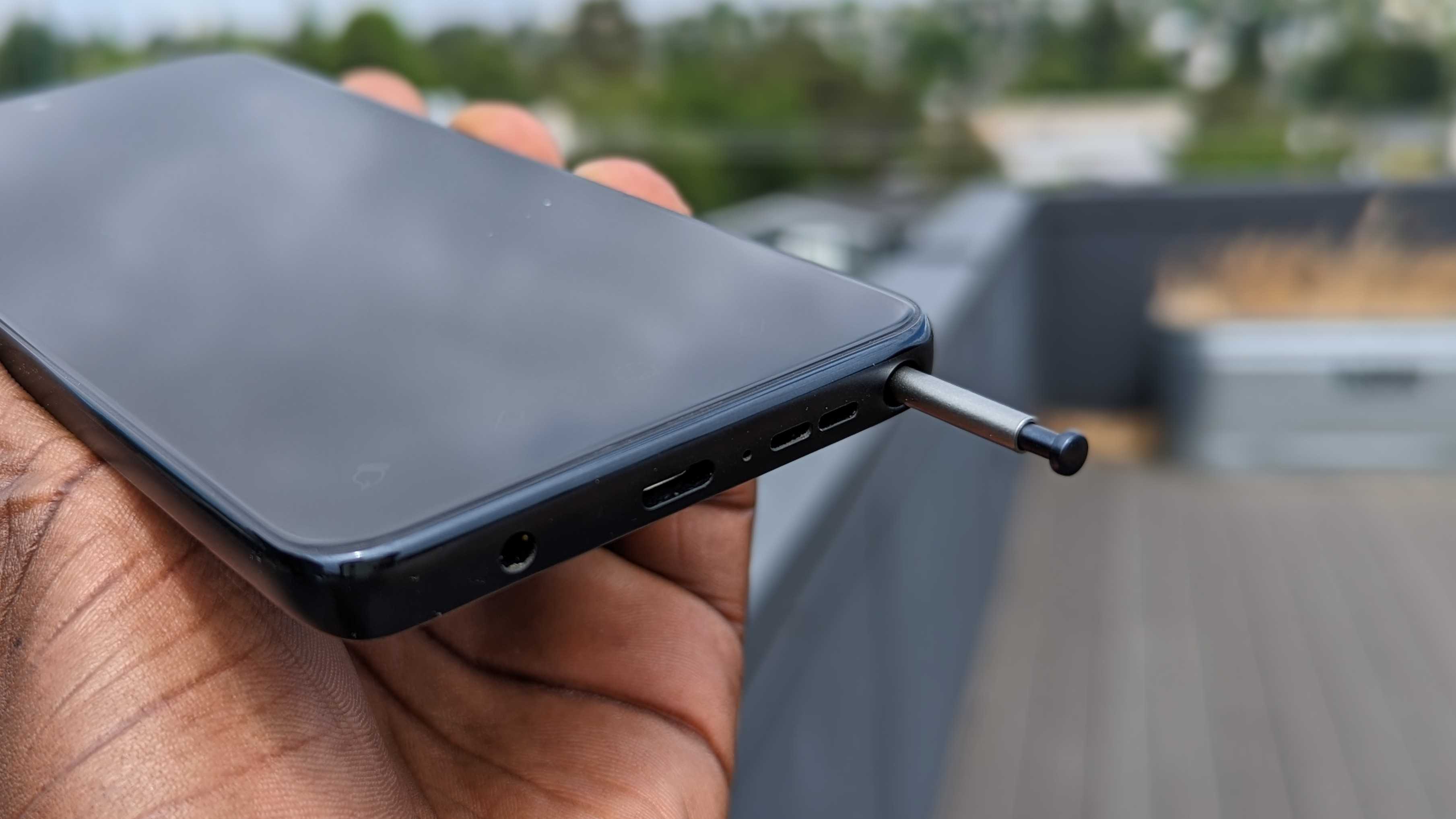
Specifications
Reasons to buy
Reasons to avoid
The Moto G Stylus has been a favorite of ours since its first version, but the latest 2023 model makes a lot of positive changes that make this phone very easy to recommend. It’s not the cheapest phone at just under $400, but it can often be found on sale or discounted from your phone carrier. The 2023 Moto G Stylus has a large 6.6-inch display with a 120Hz refresh rate that helps it feel smooth and responsive to use. Adding to that, the Snapdragon 6 Gen 1 processor keeps Android 13 humming along nicely. Even gaming works reasonably well as we saw in our Moto G Stylus 5G review.
One of the biggest reasons budget Motorola phones have risen to prominence is the inclusion of large batteries, and this phone is no different with a large 5,000mAh pack. Unlike the previous version, this phone supports reasonably fast charging speeds up to 20W wired. The stylus slotted in the bottom right corner of the phone allows for precision input on the phone, but doesn’t offer the same kind of smart features found on a flagship-tier stylus like the one found in the Galaxy S24 Ultra, but can still be very useful on small web pages or taking notes.
This version supports 5G connectivity so you’ll be able to use it with most carriers. This phone is set to receive one major Android update, so you won’t see many new features on the life of the device, but it gets three years of security updates, so at least you’ll get some peace of mind. The cameras aren’t anything special, but get the job done in daylight. The front camera isn’t great by any metric but will still work fine for video calls.
Best software support
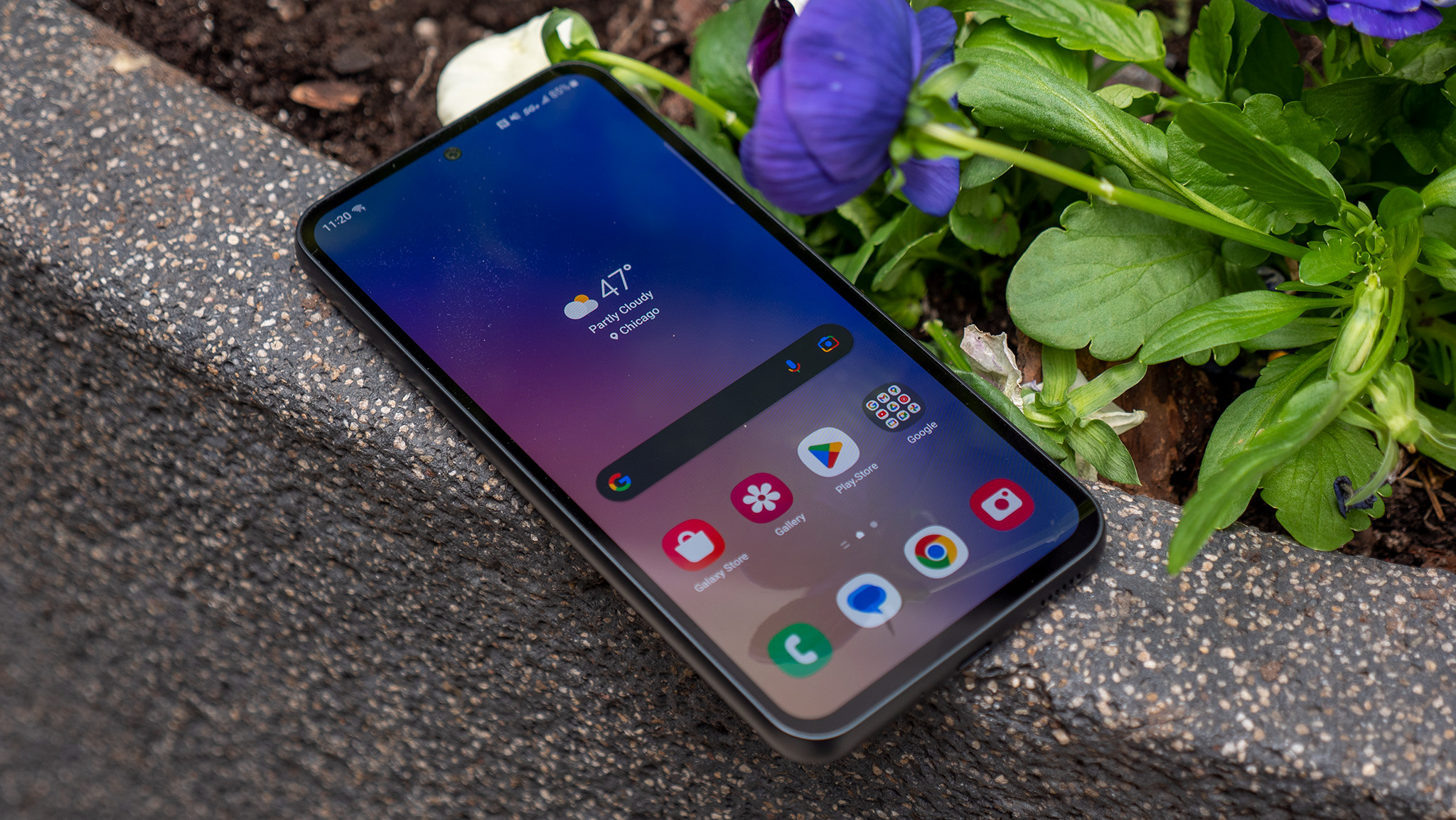
Specifications
Reasons to buy
Reasons to avoid
The Samsung Galaxy A54 5G is a highly capable phone with plenty of power for most tasks, a beautiful and bright 6.4-inch AMOLED display, years of software updates planned, and impressive cameras. That display is also bright enough to clearly see outdoors, even when it's sunny. This phone is powered by Samsung’s Exynos 1380 processor which will have no trouble keeping up with apps like social media and messengers, but may struggle with 3D gaming.
Samsung has also made the welcome decision to go toe-to-toe with Google and Apple for long-term software support. This phone has already received an update from Android 13 to Android 14, and will get three more updates in time. Security updates are also planned for five years, so even after the main updates have stopped, you can keep using the phone without concern.
It has a large 5,000mAh battery that should easily make it to the end of the day and well into the next one with 25W charging to quickly get topped up. That battery life can be put to good use with strong camera performance with the main 50MP camera. Even the 32MP front camera is solid with plenty of detail for selfies and video calls. With 5G support, this phone is a good fit for any carrier as well.
Finally, this phone is IP67 rated for dust and water resistance. Whether it gets left out in the rain or splashed with mud, you don’t need to worry about it breaking. Just be sure to rinse it off with fresh water, especially if it’s been in the ocean or a chlorinated pool.
Best simple interface
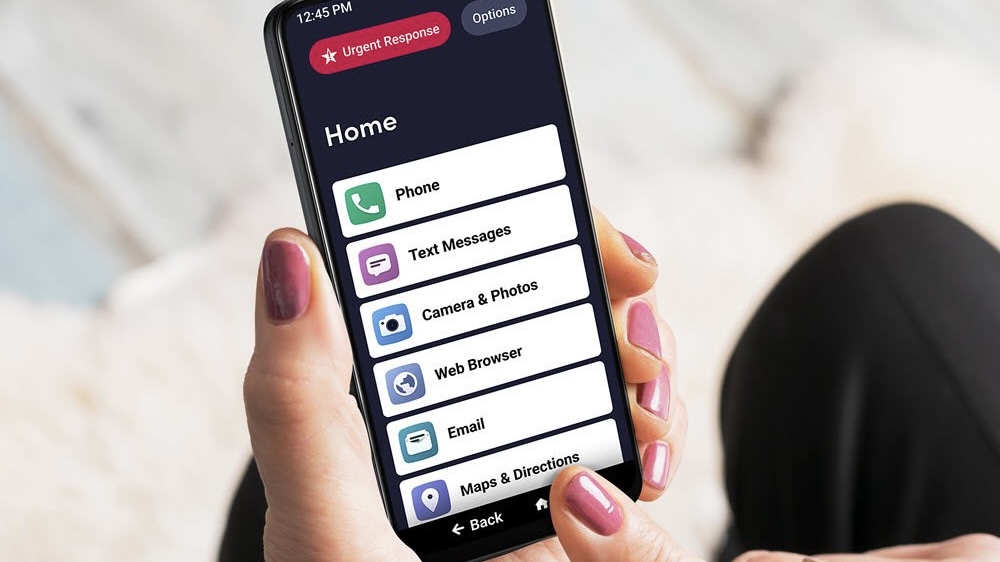
6. Jitterbug Smart4
Our expert review:
Specifications
Reasons to buy
Reasons to avoid
The Jitterbug Smart4 from a hardware perspective isn’t very impressive, but it has enough power for the software shipped, and the large 6.7-inch display is easy to read. Exclusive to Lively, a carrier specifically for seniors, this phone uses Verizon’s network for connectivity which means you’ll have a signal just about anywhere you go. It doesn’t support 5G, but LTE should be plenty for most seniors.
Lively’s software runs atop Android 13 on a low-end Mediatek processor. It’s fit for purpose, but may struggle with other apps. Speaking of other apps, Google Play Store is supported so you can download social media and messaging apps other than those installed by default. You could even switch to a standard Android interface if you decide the default layout is a bit too rudimentary for you.
The cameras aren’t anything special, with 13MP rear cameras that work fine in the daylight, but are far from great. Still, at just $150, the Smart4 was never going to beat the pricier phones on this list.
With this phone, you must use Lively as your carrier which starts at $20 per month. Most people will prefer the the Preferred plan, which comes with Urgent Response which connects you to Urgent Response agents in the event of an emergence. Data is available at 1GB for $5, 5GB for $10, and Unlimited for $30, which is actually 20GB. Keep in mind, of course, if you’re at home, you can use your Wi-Fi connection in place of this data.
What matters in a phone for a senior person
Why you can trust Android Central
Before you buy, you should consider whether a payment plan or buying unlocked makes more sense for you. Carrier stores will often direct you to a payment plan as it makes the initial cost of the phone lower and locks you into that carrier until you pay the phone off. If you have the means, buying an unlocked phone gives you the flexibility to try other carriers if you find a better price without needing to learn and set up a new phone.
Choosing the right phone for a senior starts with software. While we prefer Android around here, Apple’s iOS could be a better fit if more of your family uses iPhones. Naturally, you could use a variety of other apps for video calls, but the simplicity and ubiquity of FaceTime make it an easier solution for many people. If you decide to go with iPhone, the 2023 refresh of the iPhone SE. This phone is also fast and responsive thanks to the fast A15 Bionic processor.
Our top pick, the Google Pixel 7a, is one of our favorite phones overall thanks to its excellent cameras, 5G support, and strong software support from Google. The phone’s Tensor G2 processor makes the phone fast and responsive with even big apps like games. We also love how easy it is to get a great photo with the Pixel 7a thanks to its excellent auto mode. It even works well at night with Google’s excellent night mode.
Get the latest news from Android Central, your trusted companion in the world of Android

When Samuel is not writing about networking or 5G at Android Central, he spends most of his time researching computer components and obsessing over what CPU goes into the ultimate Windows 98 computer. It's the Pentium 3.
